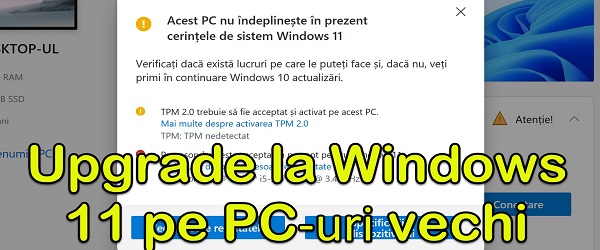
What is the Windows 11 Upgrade tutorial on older computers about?
In today's video tutorial, Upgrading Windows 11 on Old Computers.
I'll show you how to upgrade from Windows 10 to Windows 11 if you have older components that don't support TPM 2.0
Why Windows 11 doesn't work on older computers
At the launch of Windows 11, Microsoft made it clear that Windows 11 has fairly strict hardware requirements.
These minimum requirements show us that we need new components.
By requiring support for TPM 2.0, Microsoft makes older components incompatible with the new operating system.
We are lucky, there is another way to install Windows 11 on old PCs
Even Microsoft, on their website they tell us that there is a way we can upgrade (not fresh installation) on older PCs provided we have at least TPM 1.2.
What to remember?
- We have a "gateway" for UPGRADE from Windows 10 to 11
- We can only do UPGRADE from OS with ISO image, not fresh installation
- We can do the UPGRADE if we have TPM 1.2
- We need to make a new registry key
How do you know what TMP you have on your PC and if you can upgrade to Windows 11?
- Open Windows PowerShell with admin rights
- Type the command "get-tpm"
- More information will appear below
- If the present TPM is "true", you are lucky
- If the current TPM is "false", you cannot upgrade to Windows 11
How to make the registry key, which allows us to do UPGRADE on Windows 11, if we have older hardware?
- On Start, type Registry Editor and press enter
- The registry editor will open
- Make a new key:
- Registry Key: HKEY_LOCAL_MACHINE \ SYSTEM \ Setup \ MoSetup
- Name: AllowUpgradesWithUnsupportedTPMOrCPU
- Type: REG_DWORD
- Value: 1
After doing the registry key, download Windows 11 and upgrade Windows 11 on older computers
If everything is fine, ie if you have at least TPM 1.2, you can proceed to download the ISO image:
Enter the following link, download the ISO image, extract the contents to a folder on the desktop and run the exe from the folder.
Download ISO image Windows 11
Similar Windows installation tutorials:
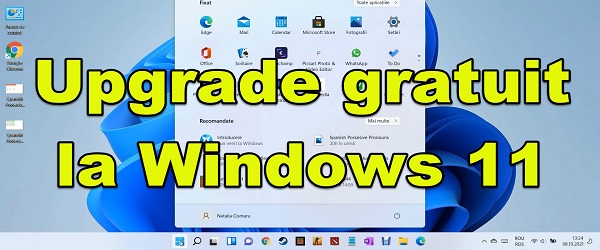
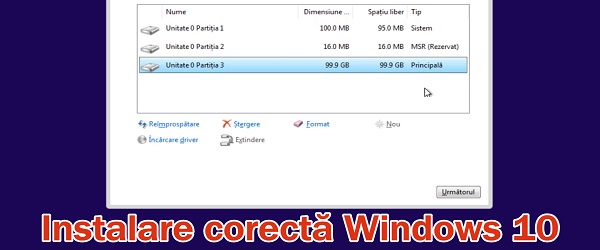
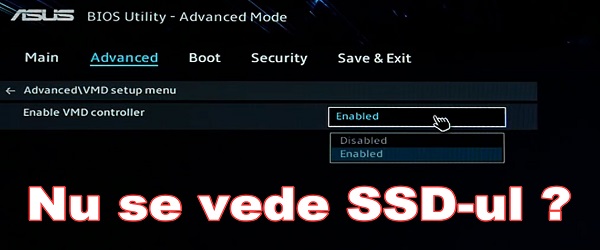






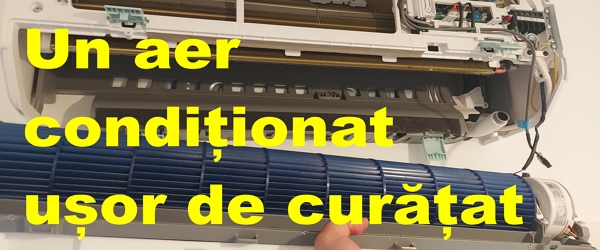
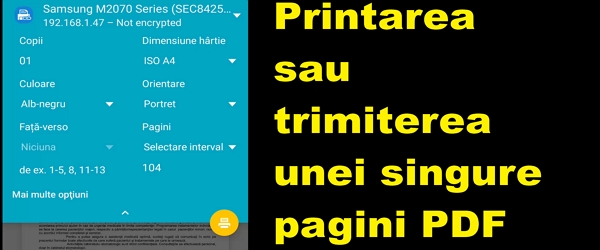
It doesn't work for me to install on the letop either, it's too old.
Hi Cristian. After I installed and want to reinstall windows 11, do I have to install windows 10 before and follow the same steps?
Yes, because this method only works when you upgrade. Fresh install does not work.
I have an asus laptop with TPM 2 with i7 7700 and I installed with the official image said nothing of incompatibility simply installed.
I also have a Dell Optiplex PC with TPM 1.2 and i5 6400 and I also plugged in a USB and it was installed as windows 10 without any problems.
But on windows update it tells me that both are incompatible with win 11
I'm reluctant to do the upgrade yet. I've heard some issues with ram memory release
It will probably be fixed soon with an update.
It is installed cleanly and on a USB stick or iso image. When it comes to the image with this pc is not compatible you have to press the shift key and f10 we write regedit after we open regedit. In the registers at hkey_local_machine etc. it must be modified after which we close registers and the image with this pc is not compatible we give back and resume the installation and it will work. I understand that non-compatible PCs will not receive windows updates.
Thanks for the tip
I sent a "message" two or three days ago telling you that there is Rufus 3.16 that puts windows 11.
you didn't take it into account, mege installed clean.
Thank you for your message. I even did a tutorial on this topic.
https://videotutorial.ro/instalare-windows-11-pe-orice-computer-si-pc-uri-vechi-fara-tpm/
Sorry, I didn't write everything. So clean the usb stick or iso image when we get to the image (This pc is not compatible) press shift and f10 the search box appears and type regedit. We open regedit and at hkey_local_machine we go to the system after the setup there at setup we will do new key and we will give it the name LabConfig dam enter. After we click on LabConfig and we will choose with the right click in the empty space new DWORD 32 bit value we give it the name BypassTPMCheck we give enter we double click on it and we change the value zero to 1 and we give ok. Then we right-click again and make another DWORD 32 bit value key and call it BypassSecureBootCheck, enter and change the value from 0 to 1 and give ok. For those with a memory of less than 4 GB, we also make a key there and call it BypassRAMCheck and also the value 1. Who has more than 4 GB does not need this key. After we have done all this we close regedit and at the image with (This pc is not compatible) we go back on the top left arrow and resume the installation will work. It worked for me but I recovered my windows 10 back, I had a backup made at win 10. My pc is not compatible and I don't even have tmp 1.2 and it worked as I said. What I understand is that non-compatible PCs do not receive windows updates. I hope you understand what I wrote.
Try the version presented below in the following video and it will work for you. https://www.youtube.com/watch?v=NdDsf6xdtQk&t=317s&ab_channel=SECURITYPCOFICIAL. Make a video in Romanian to understand others who do not know Spanish
I confirm the words of CRISTI PH, it is probably the simplest "clean" installation method. All you have to do is make a bootable USB stick with Rufus-3.16 that will bypass Windows 11 hardware applications. Nothing else needs to be done. I installed Windows 11 this way (with Rufus-3.16_BETA2, Rufus-3.16 stable had not yet appeared) on two laptops with Intel 4 series processors that I disabled in BIOS Security Chip (TPM 1.2) and Secure Boot - probably not it is mandatory to deactivate them, bypass them anyway.
I forgot to tell you that I also receive Windows updates.
Thanks for the info
I confirm the words of CRISTI PH, it is probably the simplest "clean" installation method. All you have to do is make a bootable USB stick with Rufus-3.16 that will bypass Windows 11 hardware applications. Nothing else needs to be done. I installed Windows 11 this way (with Rufus-3.16_BETA2, Rufus-3.16 stable had not yet appeared) on two laptops with Intel 4 series processors that I disabled in BIOS Security Chip (TPM 1.2) and Secure Boot - probably not it is mandatory to deactivate them, bypass them anyway. Both laptops receive Windows updates.
https://videotutorial.ro/instalare-windows-11-pe-orice-computer-si-pc-uri-vechi-fara-tpm/
Information has already been leaked that by the end of the year they will include all i7 processors in the "accepted" list, so don't rush to upgrade. They will surely include other processors next year because over 50% of computers do not meet their idiotic requirements. Misleading marketing strategy. I don't know what will be in their head forcing our hands to buy new devices in these times when they know that it is very difficult and that a very small percentage will do it only for the renewal of the operating system.
https://videotutorial.ro/instalare-windows-11-pe-orice-computer-si-pc-uri-vechi-fara-tpm/
Can you tell me why you deleted my comment ???? !!!!!!!
When comments contain links to different sites, sometimes they are deleted, sometimes not. It depends on the links.
He tells me that he can't install windows 11 because the pc has to accept safe booting. I have no problems with the TPM
We're lucky.
https://videotutorial.ro/instalare-windows-11-pe-orice-computer-si-pc-uri-vechi-fara-tpm/